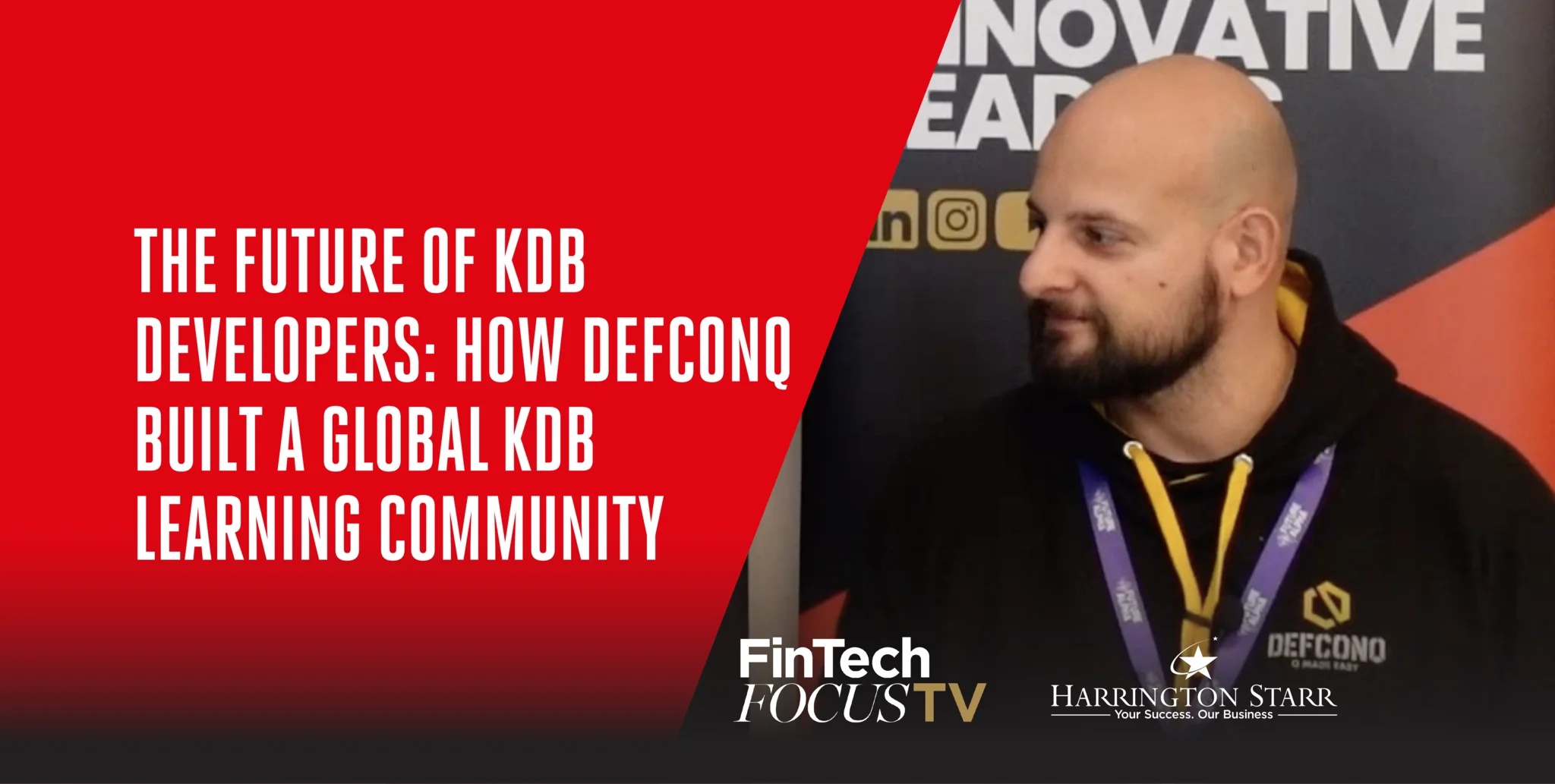Innovation in the UK mortgage sector has often centred on product enhancements and user experience. While these aspects are undoubtedly important, it is essential not to overlook the less visible yet significant components of mortgage innovation, such as mortgage sourcing, underwriting, servicing, and funding models. As financial technologists, it is crucial to understand how disruption in these areas can contribute to the growth and evolution of an industry and create new opportunities for market participants.
The funding landscape in the mortgage market has undergone significant changes over the years; evolving from the early days of building societies that collected deposits to lend money for home construction to the emergence of securitisation models and, most recently, marketplace funding.
At the forefront of this transformation is the concept of "Mortgages-as-a-Service" (MaaS), an innovative model that works with institutional investors, partnering their capital with FinTech expertise to originate, underwrite, and service mortgages.
Financial institutions seeking exposure to the mortgage market have traditionally had three options: compete, buy, or partner. The first two options involve significant investment in terms of time and resources. Competing requires setting up a lending operation, hiring personnel, developing or purchasing technology, building a brand, and servicing and managing loans. Buying a mortgage book involves due diligence in respect of origination and performance, with transactions typically being one-off events.
In contrast, the partnership model, exemplified by MaaS, offers a more cost-effective and scalable solution. By adopting this approach, institutions gain beneficial ownership of originated mortgages without the substantial cost of entry or the need to build their own capabilities. This innovative model enables financial institutions to invest in mortgages without the burden of setting up and maintaining their own lending infrastructure.
The MaaS model is particularly disruptive because it empowers institutional investors to determine their preferred risk and return parameters, resulting in direct access to loans tailored to their requirements. The wide pool of investors on the lending platform also benefits borrowers, as it leads to a broader product range and more competitive mortgage products.
The growth of the buy-to-let mortgage market, particularly in the professional segment, presents an attractive investment opportunity for institutional funding partners. This sector has seen a compound annual growth rate of 6% since 2014, with outstanding loans currently at around £300 billion. The professional buy-to-let segment includes borrowers set up as special purpose vehicles, portfolio landlords, or those focusing on houses in multiple occupation (HMO) and multi-unit freehold blocks (MUFB).
However, building market share and generating volume in this sector demands significant investment. That is where the MaaS model steps in, offering a mutually beneficial solution for partners, borrowers, and fintech companies by providing a more streamlined and cost-effective approach to mortgage investment. The MaaS model enables institutions to plug into established fintech companies like Landbay and utilize their technology, recognized brand, and whole-of-market coverage with the major broker networks and clubs, at a fraction of the cost of doing it themselves.
The importance of disruption in financial technology lies in its ability to drive innovation and create new opportunities for market participants. The MaaS model exemplifies this by revolutionizing the mortgage funding landscape and benefiting both investors and borrowers.
As financial technologists, it is crucial to embrace and champion such disruptive approaches to ensure the continued growth and success of the fintech industry. The adoption of MaaS and other innovative models will not only contribute to the evolution of the mortgage market but also pave the way for further disruption and advancement in the broader financial technology sector.
Read more articles like this in The Financial Technologist. Download your free copy here.
Why Disruption is Important to Financial Technology: the case for mortgages-as-a-service | The Financial Technologist
26 Jul, 20235 MinutesInnovation in the UK mortgage sector has often centred on product enhancements and user expe...






